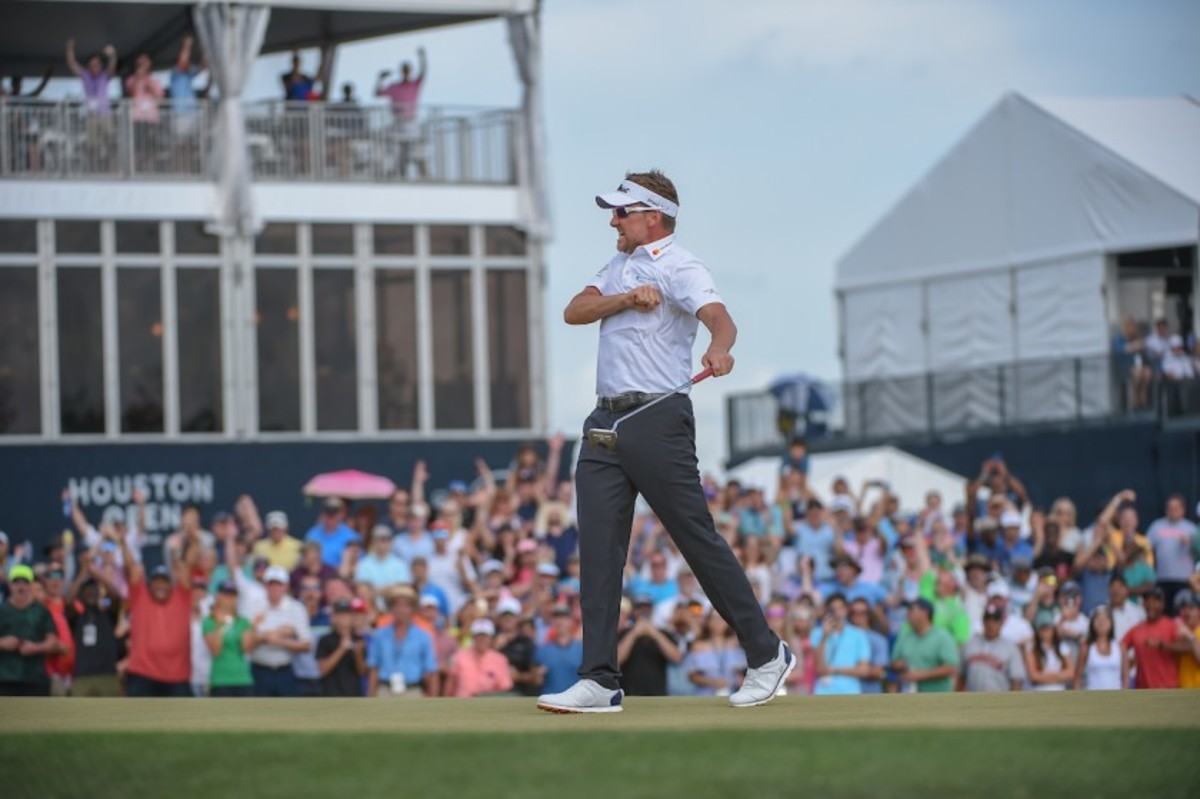Houston deserves better, and it just might get it

HOUSTON – Some of the touring professionals teeing off in this week’s Houston Open will have fond memories of Houston Opens past. For others in the field, many of them rookies and relative newcomers, they will be setting foot onto a Golf Club of Houston Tournament Course for which they have had little or no exposure. Next year, the Tour will move to Memorial Park Golf Club, a renovated municipal course six miles west of downtown. The course, new to this generation of Tour players, officially reopens Nov. 6 after a $15 million makeover.
Like so many past editions of a tournament that dates to 1946, a door is closing on one venue and opening for another. Next year, for the ninth time since 1964, the Houston Open will find itself on a “new” golf course, one that many local residents hope will establish itself with the players and become a Tour fixture for years. More importantly, the average municipal golfer who has enjoyed playing there over the years is hoping to find a golf course that will be playable and affordable.
Being a bit of a traditionalist, I was not all that much in favor of the move to Memorial Park when it was being discussed. The course was built in 1936 by John Bredemus, who also designed longtime PGA Tour host Colonial Country Club in Fort Worth, and was renovated by Jay Riviere and Dave Marr in 1995. That upgrade did little to the original design and protected Bredemus’ original flavor. More recently, Tom Doak overhauled the golf course to bring it up to today’s Tour standards while attempting to keep it enjoyable for the masses who will play the course for the rest of the year.
What I will lose in the process is a part of my past. Memorial is where I first laid eyes on professional golf and where I often played in high school. Jack Burke and Mike Souchak were in the first group that my father and I encountered at the Houston Open in May 1958. Coincidentally, Burke would hire me as an assistant golf professional at Houston’s Champions Golf Club 13 years later.
Also in that ’58 Houston Open, won by Ed “Porky” Oliver, Arnold Palmer hit a recovery shot from the trees on the fourth hole that inspired me as a 9-year old to set a goal of becoming a Tour professional. Those kinds of memories are priceless. Sadly, the tree under which Arnie’s golf ball settled no longer stands, and
the vision I might be able to re-create to family or friends is lost forever. But time marches on.

The new Memorial will play next year to 7,234 yards, a modest length by Tour standards, but will now be set up as a par 71 instead of its usual 72. The holes will have a feeling of parkland, with wide expanses between tree lines. A course that once was flat, like much of surrounding southeast Texas, will feature some contour, with rolling fairways and elevated greens. Fewer lakes and penalty areas survived the renovation, but even more remarkable, only 19 bunkers exist from tee to green. Six greens will offer no bunkers to help Tour players frame their shots. With Brooks Koepka’s input as a consultant, Doak opted to minimize the bunkering. That will make the course play easier for the average golfer and tougher for the Tour player. Instead, the elevation around the greens and grass bunkers to provide the main challenge to Tour players and allow golfers of varying degrees of ability to try to save par from grass, rather than sand.
The Houston Open will look familiar to those who have watched it over the past 13 years, when it was held during the week before the Masters. The obvious difference for the Tour players, and not necessarily the public, is that the course will be played primarily on Bermuda grass and not the overseeded Manhattan Ryegrass that was used in previous springs. As a result, the rough will be more penal, and the course will play much firmer. A cold front would provide a stiff breeze at the par-4 18th, whereas the southerly April winds will be a distant memory. No longer will a player hit a driver and short iron into the green at the 484-yard closing hole.
With the loss of Shell Oil as the title sponsor after the 2017 edition, change was inevitable at the Houston Open. The city can thank Jim Crane, the owner of the Astros baseball team, for rescuing the tournament, which was played last year without a sponsor. Crane, the chairman and chief executive of Crane Capital Group, also has interests in energy and shipping. He formed a syndicate of friends to sponsor the tournament for five years, with hopes of finding a better date before 2024. For a tournament preparing for its 72nd edition, and being played amid a large market of avid golfers in the nation’s fourth-largest city, it deserves a better fate. Maybe leaving the Golf Club of Houston and getting a new golf course with a new date will be all that is needed to restore the greatness to the Houston Open.
